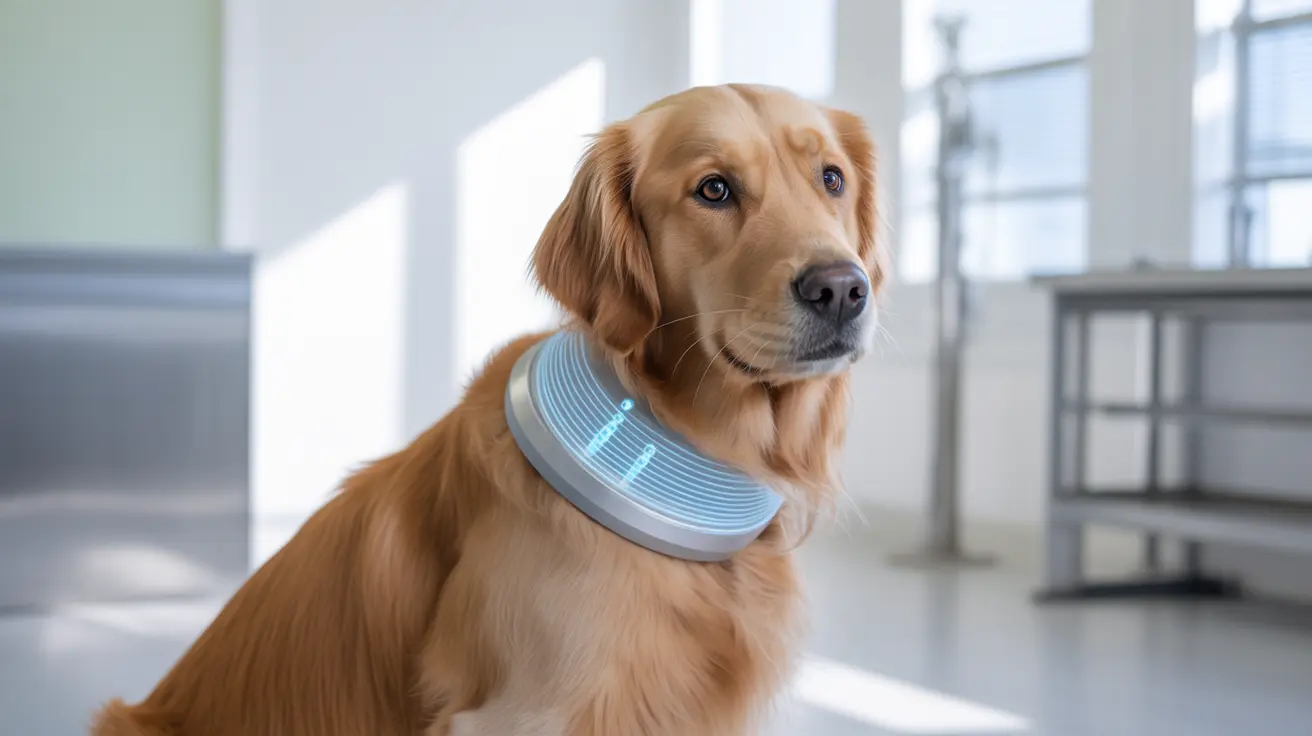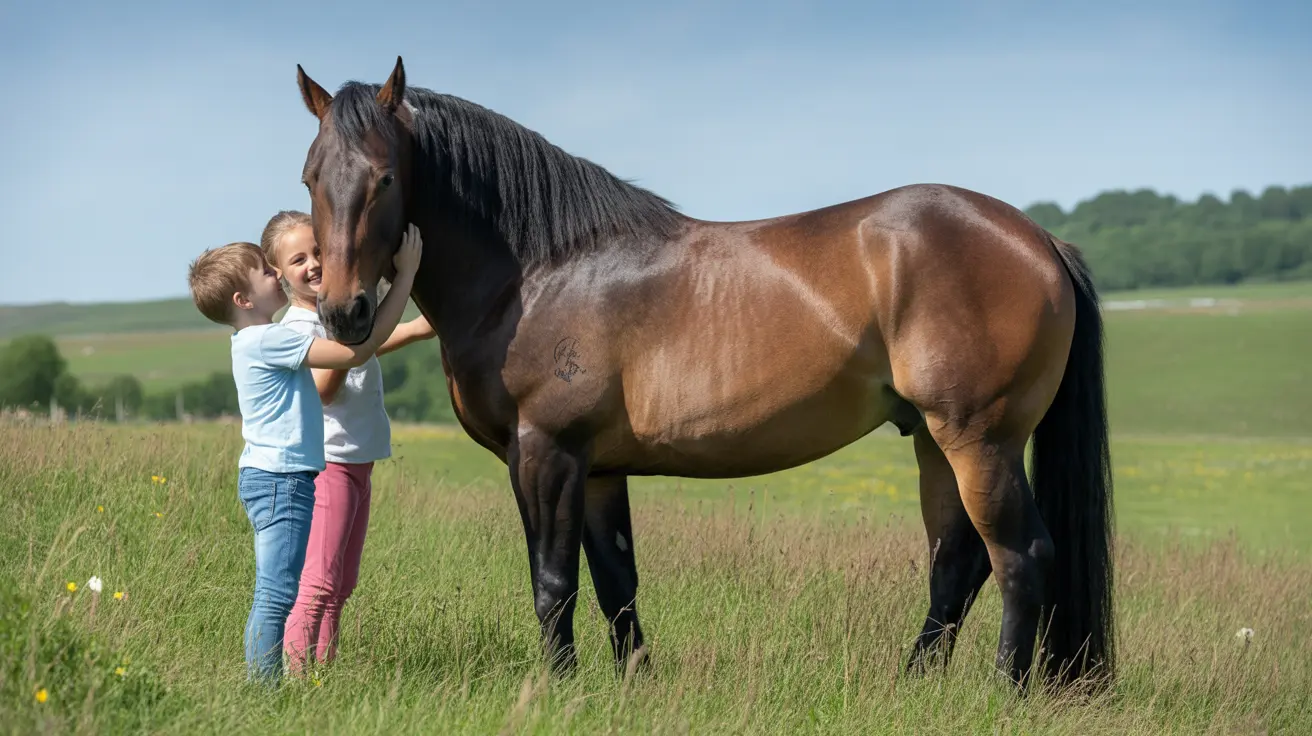The George Washington University Law School's Animal Law Program is hosting a groundbreaking conference this week that examines the intersection of artificial intelligence and animal welfare. The "Artificial Intelligence, Animals, and the Law Conference" taking place on the GW Law campus represents a pivotal moment in understanding how emerging technologies can reshape animal protection and legal frameworks.
This conference arrives at a critical time when artificial intelligence and animal welfare considerations are increasingly converging across multiple sectors, from veterinary medicine to wildlife conservation. Pet parents, animal advocates, and legal professionals are all grappling with how AI technologies can enhance animal care while navigating complex ethical and regulatory challenges.
AI Monitoring Animal Health: Revolutionary Applications
The integration of AI technologies in animal health monitoring has opened unprecedented opportunities for early disease detection and preventive care. Smart collar devices and wearable sensors can now track vital signs, activity levels, and behavioral patterns in real-time, alerting pet owners and veterinarians to potential health issues before they become serious.
These technological advances extend beyond companion animals to livestock and wildlife populations, where AI systems can monitor large groups for signs of illness, stress, or environmental threats. Such applications demonstrate the practical benefits of combining artificial intelligence and animal welfare initiatives.
Detecting Animal Abuse with AI: Enhancing Protection Systems
One of the most promising applications discussed at conferences like this involves using AI to identify signs of animal neglect or abuse. Computer vision systems can analyze video footage to detect unusual behaviors, injuries, or environmental conditions that may indicate mistreatment.
Animal shelters and rescue organizations are beginning to implement AI tools that can assess the emotional and physical state of animals, helping prioritize care and rehabilitation efforts. These systems can also assist in documenting evidence for legal proceedings, creating more robust cases for animal protection.
AI Ethics and Animal Rights: Navigating Complex Terrain
The conference addresses crucial questions about how AI development should account for animal sentience and welfare. As machine learning algorithms become more sophisticated, developers face ethical considerations about how their technologies impact animals used in research, entertainment, and agriculture.
Legal scholars are exploring whether AI systems should be programmed with specific protocols that recognize different levels of animal consciousness and capacity for suffering. This intersection of technology and ethics requires careful consideration of both scientific understanding and moral frameworks.
Animal Protection Laws AI Impact: Regulatory Challenges
The rapid advancement of AI technologies has outpaced existing legal frameworks, creating gaps in animal protection laws. The conference likely explores how current regulations can be adapted or expanded to address AI applications in animal-related industries.
Key areas of concern include data privacy for pet health information, accountability when AI systems make decisions affecting animal welfare, and ensuring that automated systems don't replace necessary human oversight in animal care situations.
Future of AI in Animal Rights: Emerging Trends
Looking ahead, AI technologies promise to revolutionize animal advocacy through improved monitoring, enforcement, and care systems. Predictive analytics could help prevent animal cruelty by identifying high-risk situations before harm occurs.
Wildlife conservation efforts are already benefiting from AI-powered camera traps, migration tracking, and habitat analysis. These tools provide researchers with unprecedented insights into animal behavior and population dynamics, informing more effective conservation strategies.
Frequently Asked Questions
How is artificial intelligence currently being used to improve animal welfare and monitor animal health?
AI is being deployed through wearable devices that track pet vital signs, computer vision systems that monitor livestock for illness, and predictive analytics that help veterinarians identify health risks early. Smart feeding systems and environmental monitoring in zoos and farms also use AI to optimize animal care conditions.
What legal challenges arise from integrating AI technologies into animal protection laws?
Key challenges include determining liability when AI systems fail to protect animals, establishing data privacy standards for animal health information, and ensuring that automated enforcement doesn't replace human judgment in complex welfare situations. Current laws often lack specific provisions for AI-driven animal protection technologies.
Can AI help detect animal abuse, and what are some examples of its practical applications?
Yes, AI can analyze video footage to identify unusual animal behaviors that may indicate abuse, assess body condition and injury patterns, and monitor environmental conditions in animal facilities. Some animal control agencies use AI tools to prioritize investigation cases based on risk assessment algorithms.
How are ethical considerations about animal sentience influencing AI development related to animals?
Developers are increasingly incorporating animal welfare principles into AI systems, considering factors like species-specific needs, stress indicators, and behavioral patterns. This includes programming systems to recognize signs of distress and implementing protocols that prioritize animal wellbeing in automated decision-making processes.
What future policies are being proposed to ensure AI technologies respect animal rights and welfare?
Proposed policies include mandatory welfare impact assessments for AI systems affecting animals, transparency requirements for algorithms used in animal-related decisions, and standards for human oversight of automated animal care systems. Some advocates propose establishing animal welfare review boards specifically for AI applications.






